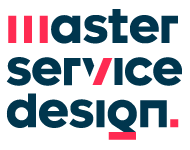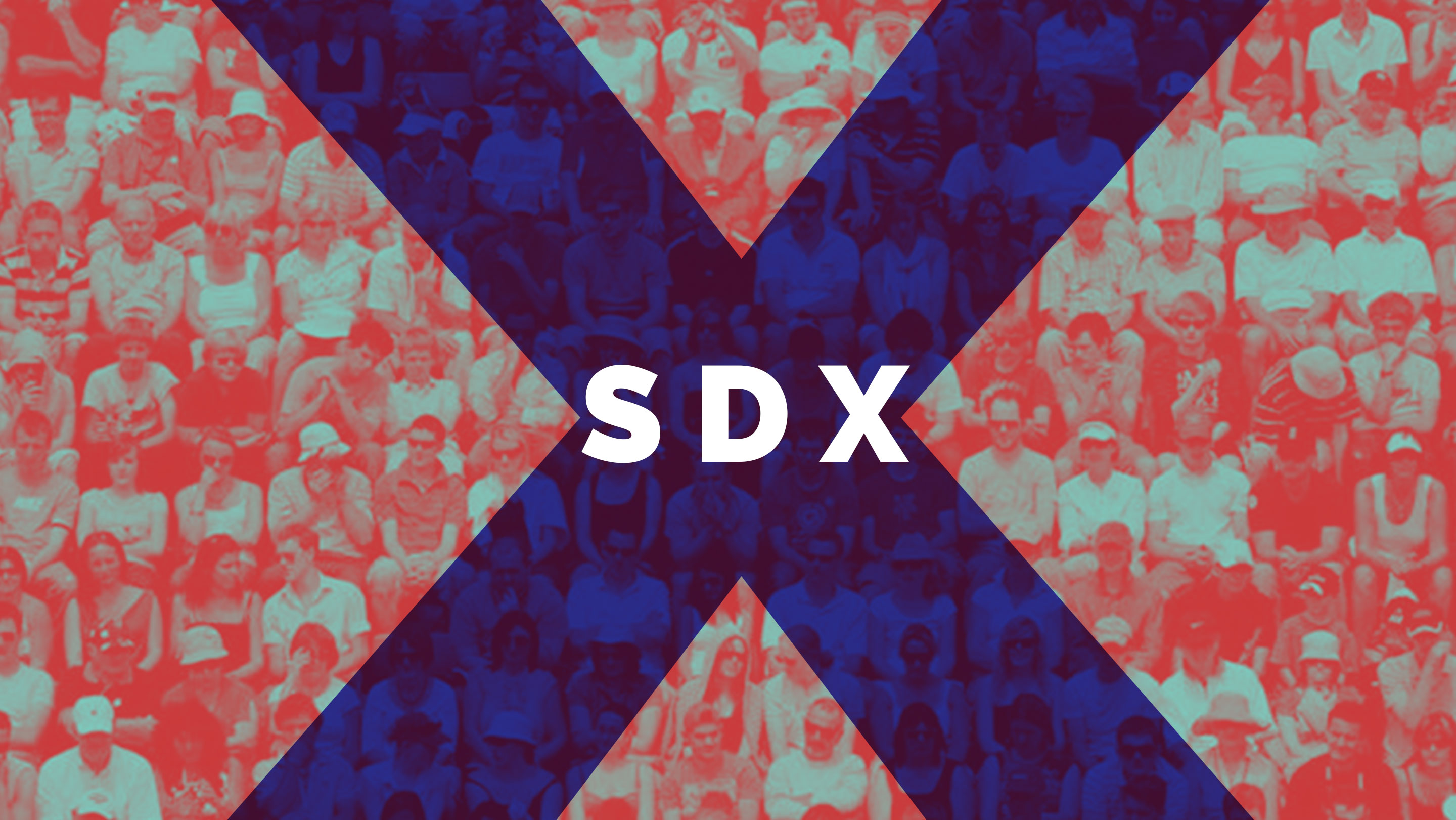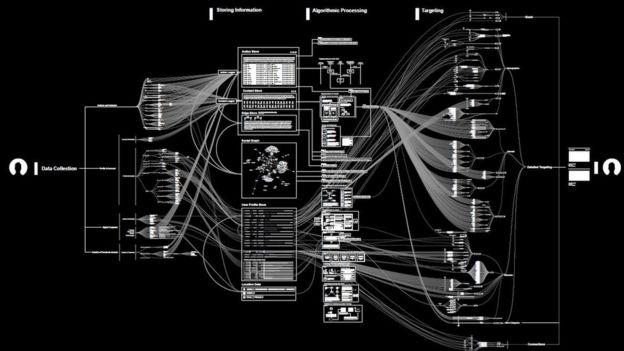In the world of Design, especially Service Design, “data” is a trending topic, quite often doped with some adjectives. But as soon as words should be put into actions the passion seems to fade. Because “data” means numbers, numbers mean math and math is boring for most of us.
Let’s imagine that today, right after reading this post, you would receive a job offer. This is actually The Job Offer, the one that is perfectly fitting for you. Company, team and salary seem to be perfect.
What would you do?
Probably you would grab the closest device able to scan the internet seeking for information about the person who reached out to you. Who is he? What is his job position? Do you have friends in common?
The reason why is quite clear: you want to know if this is a genuine offer, understand if your profile is really the best one, you want to be prepared for your interview!
Now that you collected a quite good amount of information about your contact - you might know both his role in the company as well as some more personal information such as that his interests in running and he loves Asia. It’s time to start looking for more details about the company. You may want to find out which are its main projects and have a clearer idea about the activities they are expecting from you. After that you will probably have built a quite solid background of information that can be useful during your interview.
Well, think about it quickly: What did you just do and how is this going to impact your interview? Your answers will not be intuitive but you will be "data-driven".
Let’s make a step forward and evaluate the “relationship” value, meaning: how are all of these small information bricks you collected linked to each other? How close are they? How are they influencing each other? You will now start trying to create connections and relationships among the information you found. You’ll probably discover soon that this activity might potentially last forever: you might keep on searching and continuously add more and more elements, more and more information increasing the volume of your data. Also, is neither easy to clearly relate all the information you found, neither to find a proper “spot” for them. If you try to shape out your information they will probably look like a cloud, like something with a fluid shape and blurred edges. Well, this might be your own draft of the “big-data”. Thomas Davenport, an American academic and author, describes it as:
...information that is too big to fit on a single server, too unstructured to fit into a row-and-column database, or too continuously flowing to fit into a static data warehouse. While its size receives all the attention, the most difficult aspect of big data really involves its lack of structure…
We are living in a society which is generating an infinite amount of data. Actually you are even invited to generate some of them: your interests, your positions and your “special moments”, your picture, your videos, your thoughts... Some other data are instead secret and hidden from everybody, because of privacy issues or maybe because of their importance. In general the value of data is increasing. Their availability is for sure one of the key factors, but also the effort required to collect, to manage to interpret and relate them is playing an important role.
On the other hand, there are institutions which are generating a huge amount of information for their own internal use: think about hospitals, schools, museums etc. They have to manage a lot of quite precise and detailed data. But once filtered out from privacy-related information, these internal data, can be “opened” to everybody, letting everyone able to read, use, and re-distribute them. This is what is called “open-data”.
So, if during your interview there will be one of those embarrassing moments in which you feel you have to shine but you’re looking less special than the trash can. You might fall back on your cloud of information and offer him a special Chinese tea you just had from a friend - also called “Asian foods and goods” , just 100 meters far from your flat- which you discover - thanks to the hospital open data - that is really healthy and used by asian runners.
Yes, you’re feeling confident and ready because there will not be any “unexpected question” and even if there will, you will have your ace in the hole. The interview is not a problem anymore, the final result is clear and you are already thinking about changing your Linkedin position.
Nope, you’d better wait! Bill Pardi, data scientist at Microsoft, will explain you in detail the reason why.
The problem is that data, all the ones you found, are just small and tiny pieces, yes, they are information, but they are not enough. Information is always needed and useful but it cannot substitute the abduction capability proper of designers and Service Designer. Every data can be interpreted in different ways and influence the design strategy on various layers, affecting the quality of the final result. Research is fundamental to the design process. A good one can even turn to shine the worse project brief. Up to a few years ago, research, for service designers, was restricted to how to connect and find relations between “qualitative” outcomes and “massive/quantitative” marketing researches. Now both technology as well as data availability are changing the game: access to information is different and is even possible to think to extract qualitative information from proper data and datasets interpretations.
Managing, using, distributing and interpreting data is becoming a field of interest for service providers and Service Designers. Nowadays almost every service is data-related, both generating and seeking for data. In this Digital Era, Service Designers have to deal with loyalty, transparency, managing and accessibility, so, ethic.
What will be the next future? Will be still the Service Designer leading investigations on data or machines will hold this process? We cannot have a certain answer, but with this constantly increasing amount of data, helps from the Artificial Intelligence are welcome.


